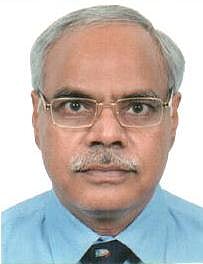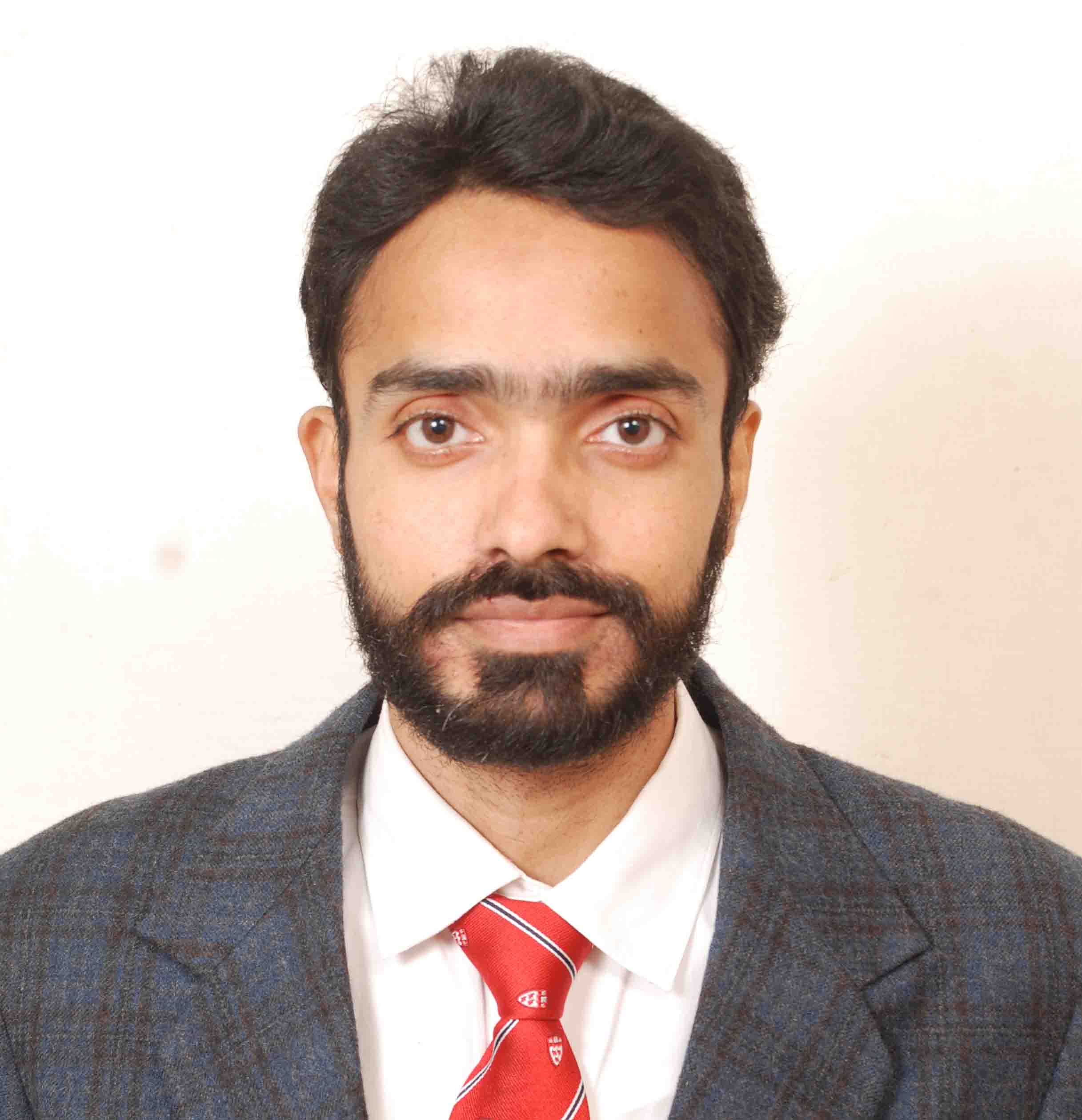Patient Safety: A Global Public Health Issue

Guest column


Dr B K S Sanjay & Dr Gaurav Sanjay
With an objective of promoting patient safety which has become a global public health issue, the World Health Organization (WHO) observed the world patient safety day recently (September 17).
The day aims to promote patient safety by increasing public awareness and enhancing the knowledge and working of the healthcare workers. Patient safety should be the goal of all stakeholders- patients, health care workers and the healthcare industry. The patient safety can be improved by setting up the health priorities, developing guidelines and tools for health care workers.
Every year millions of patients suffer injuries or die because of unsafe and poor quality health care. Many medical practices and risks associated with health care are emerging as major challenges for patient safety. Few of the medical errors like hospital acquired infections, unsafe surgical procedures, diagnostic errors, unsafe transfusion practices, radiation errors, surgical procedure in the wrong limb or site are the common errors in medical practices not only in developing countries but also in developed countries as well.

Because of these errors in practices, the nation is losing crores of rupees every year. This burden is more marked in the rural or remote areas where the health care facilities are not as at par with metropolitan cities of our country. The healthcare system should take care of the increasing complexities in healthcare settings that make doctors and health care professionals prone to mistakes. It is a well known fact that humans err.
The mix-up of the medicine and distribution of the medicine to different patients are well known in our country. Many times the patients identify the medicine with the colour of the medicine and if they forget about the colour, then there is a problem. To add to the problem many medicines are having the more or less similar colour and the similar packaging.
To err is human and expecting flawless performance from human beings working in a busy, complex and high stress environment is unrealistic especially in our country where many patients are illiterate and ignorant and healthcare workers are not as experienced as they should be.
In addition to that, in our country, perfection is not the goal of most of the people and people are adventurous. Having this attitude, most of the time they end up in the problem. We would also like to share that certain patients do not take the doctor’s advice as seriously as they should. We would like to quote an example of one of our patient who was advised anti tubercular treatment initially for first six weeks which should have been revised after six weeks on the next visit but patient continued the same medicine in the same doses for nine months which led to liver toxicity and ophthalmological toxicity. When asked, the excuse they had was that you said the ATT would continue for nine months to a year so we thought why re-consult you. Another instance we would like to mention is that people repeat the prescription for the same problem even after the gap of years or even for the different problem. These are not the only instances but there are many such instances in our country. We presume it is attributed to illiteracy, ignorance and poverty.
Diagnostic error is seen in about 5 to 10 per cent of the cases even in experienced professionals particularly in lack of proper investigation. Here we would like to mention a case where a patient in his eighties developed dorsal back pain that was investigated with MRI in addition to blood investigation. The treating doctor suspected that the patient may be having TB infection because TB infection in orthopaedic practice is rampant in our country hence patient was prescribed anti tubercular treatment but during the course of treatment there was no improvement however patient neurological condition deteriorated. At this time his family consulted one of us for the same problem. After thorough history, clinical examination, review of blood and imaging investigation records, it was suspected that the patient was having distant spread of cancer (metastasis) in the bone which was confirmed later by the biopsy. We believe that if the culprit is to be killed then first he should be identified and for identification of any person, the photo of the individual is needed. Similarly for the identification of any disease the photo of disease is needed i.e. the histological picture of tissue which is the biopsy.
In spite of all precautions, drug reactions can occur. The true incidence of drug reaction is unknown but it varies 1-2 per cent in the world literature. Reaction could be minor to fatal. Minor reactions include skin rashes, hives, itching, perspiration, shortness of breath etc. Authors recall an incidence of drug reaction with an antibiotic cefuroxime which is a second-generation cephalosporin. This injectable antibiotic is widely used as a prophylactic antibiotic for all surgeries throughout the world. The patient who was a doctor himself had already been given the first dose of the injectable antibiotic without any problem. However, when a second dose was given to him after six hours, the patient developed an anaphylactic reaction leading to coma. The patient remained in a coma for 10 years before his death.
The error in cross matching is not a common practice but it can happen during labelling of the blood sample, not properly reading the details of the donor pack especially in emergency situations which are overcrowded, under-staffed in chaotic situations. This is not a blood reaction but purely a clerical human error.
WHO works on many issues of patient safety and hence WHO started initiatives like Cleaner Care is Safer Care (2005) for reducing health care associated infection; Safe Surgery, Saves Lives (2008) which is dedicated to reducing risk associated with surgery and Medication Without Harm (2017) to reduce medication related harm. The WHO Surgical Safety Checklist (2009) used in the operation theatre can reduce the errors and improve safety in the surgical patients .Considering the impact of patient safety, all government, non-government and world health organization should interact and engage not only with health care workers but also with the patients, their friends and their families.
Patient safety should be a fundamental component of the healthcare system. It is important to recognize the impact of patient safety for reducing the harm to the patients and in reducing the healthcare cost. The patient safety will also increase mutual trust and the faith of the patient towards the health care system and the health care workers. It will also increase the quality of human resources in our country.





